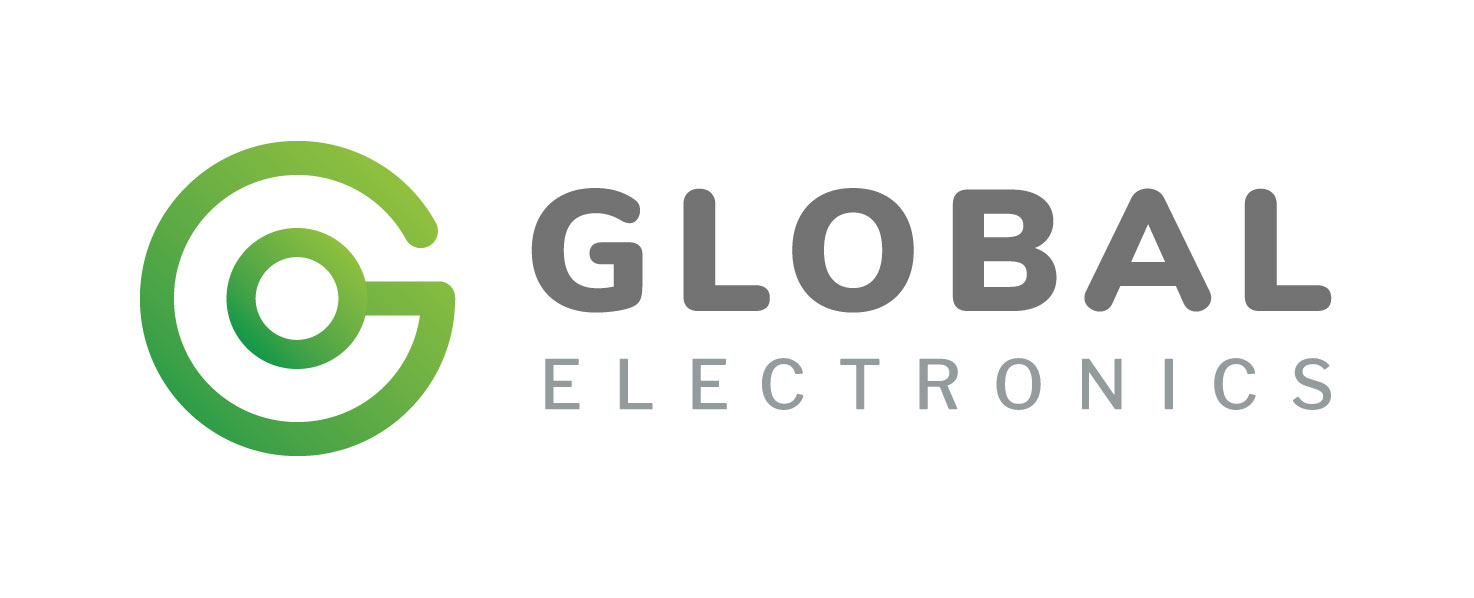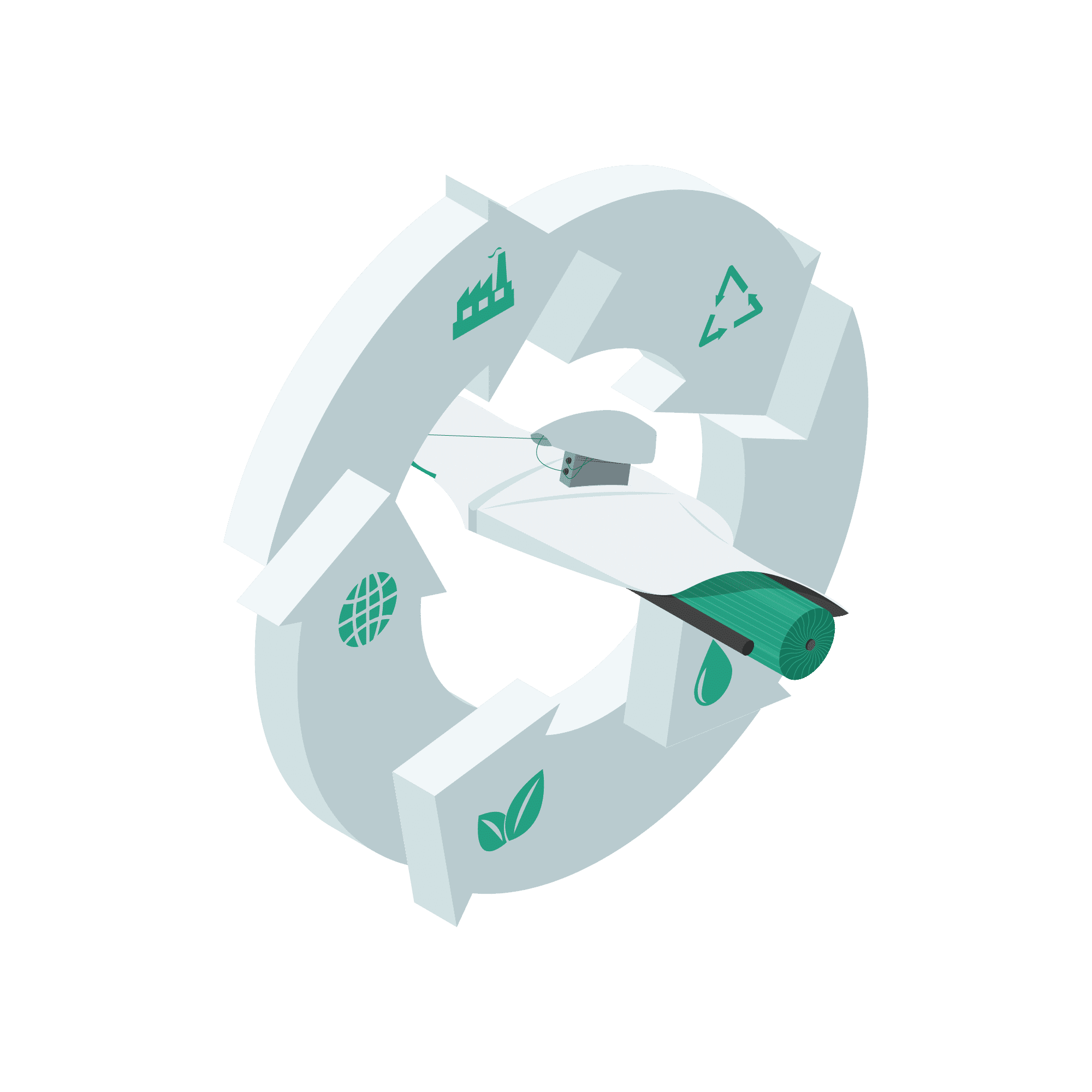Printed Circuit Boards, in short PCBs, are the basis of all electronic equipment, such as computers, mobile phones, and electrical cars. In a PCB, electronic components are connected to another in a controlled matter. Typically, a PCB consists of several components, amongst others electric conductors, metal interconnects, insulators, diodes, and resistors. These components are usually made from a metal such as copper, resin, and glass. The number of elements needed to build a Printed Circuit Board can go up to 100 items. This outlines the complexity of PCB production and the extensive quotation and purchasing process this entails.
Next to the complexity, the scarcity of raw materials – as also reflected in the chip crisis, and supply chain disorders caused by the Covid-19 pandemic, have led to structural supply chain problems and long lead times (e.g., 2 – 3 years) for EMS companies, such as Global Electronics. Therefore, the AMP-subsidised project ColMan between Global Electronics and the FIP-AM@UT was initiated. ColMan is an acronym for Collaborative Manufacturing. This project aims at increasing alternative, flexible solutions in the customer order process, to ensure timely delivery and accurate pricing of PCBs.
From the first stage in the customer order process, a quote request, until procurement and final delivery of the end product, prices and lead times can change a lot. This can for example be due to economic conjuncture, scarcity of materials, or geopolitical issues. A change of prices or lead time between these steps can lead to PCBs being delivered late, financial loss as the difference is absorbed, or cancelled deals.
During the ColMan project we will develop a tool, which predicts the pricing and lead times for the required components at the proposed procurement moment. Taking into account some threshold values, the tool will also be able to suggest suitable alternative materials or components. This proof-of-concept tool collects input from the supply chain and interacts with the customer, to identify, select, negotiate, and offer alternative components selections or designs at an early stage of the customer order process, preferably even before the customer order is made. The goal with this tool is to streamline the customer order process and deliver the best price, lead time, and material bill for the desired product.









